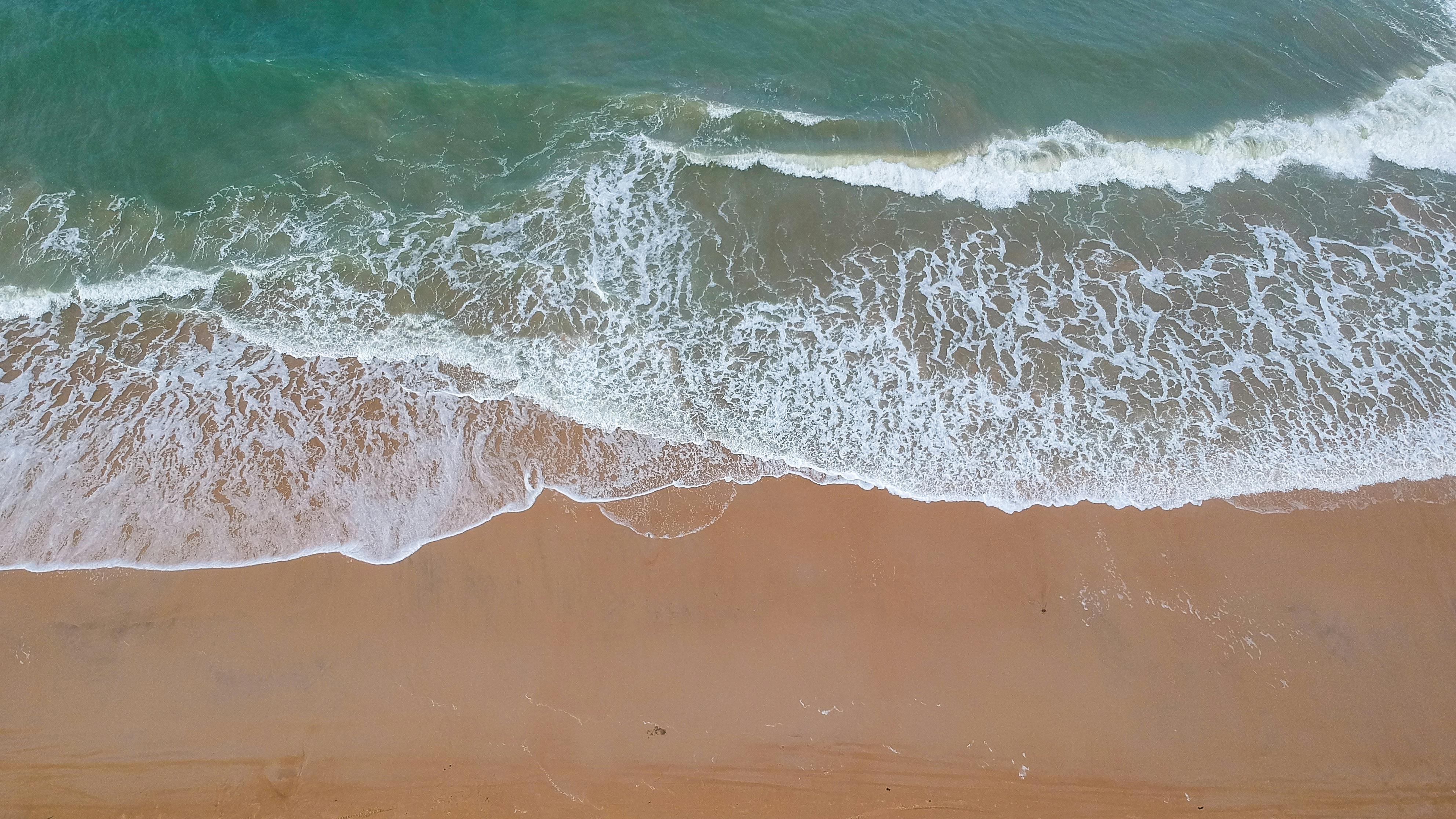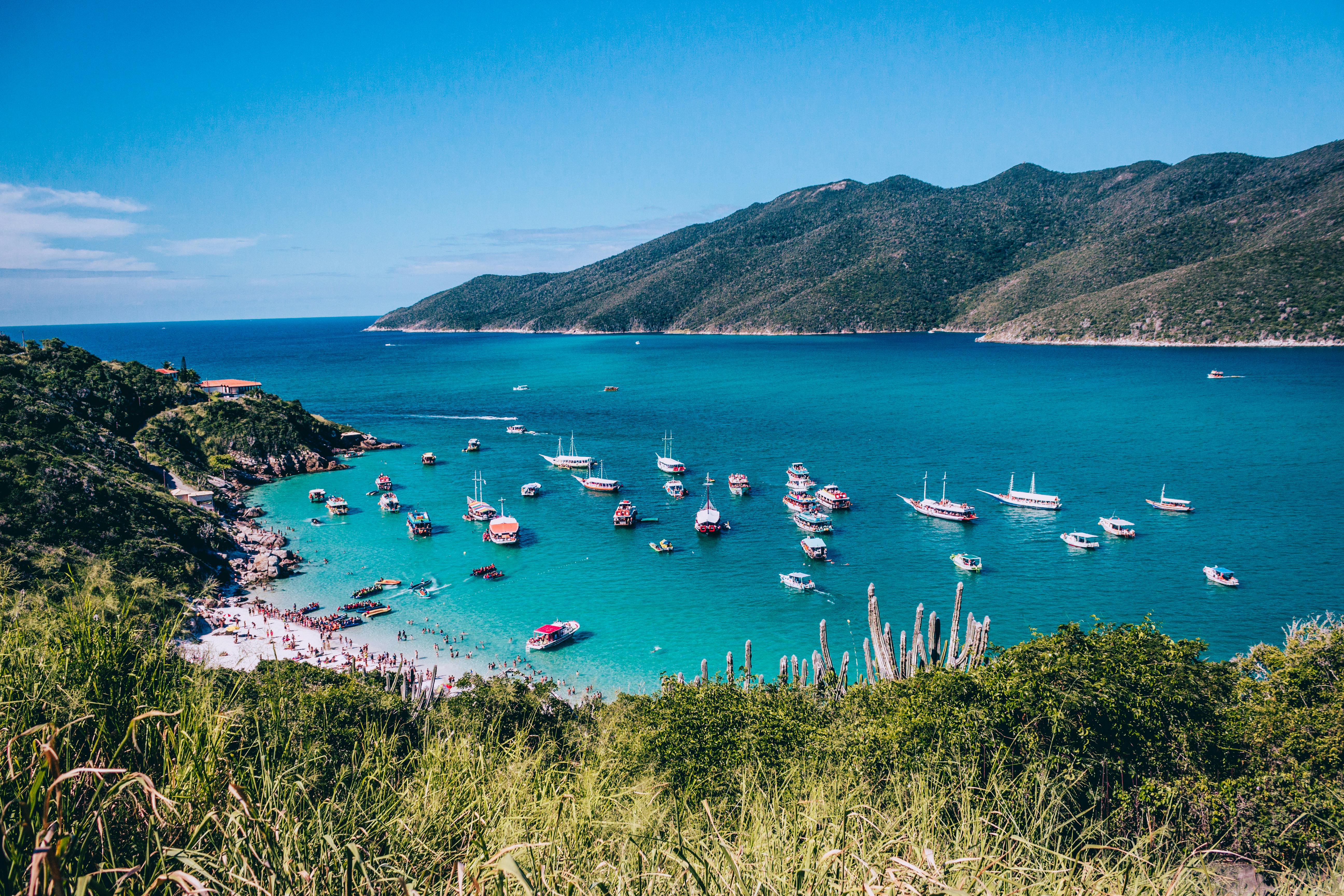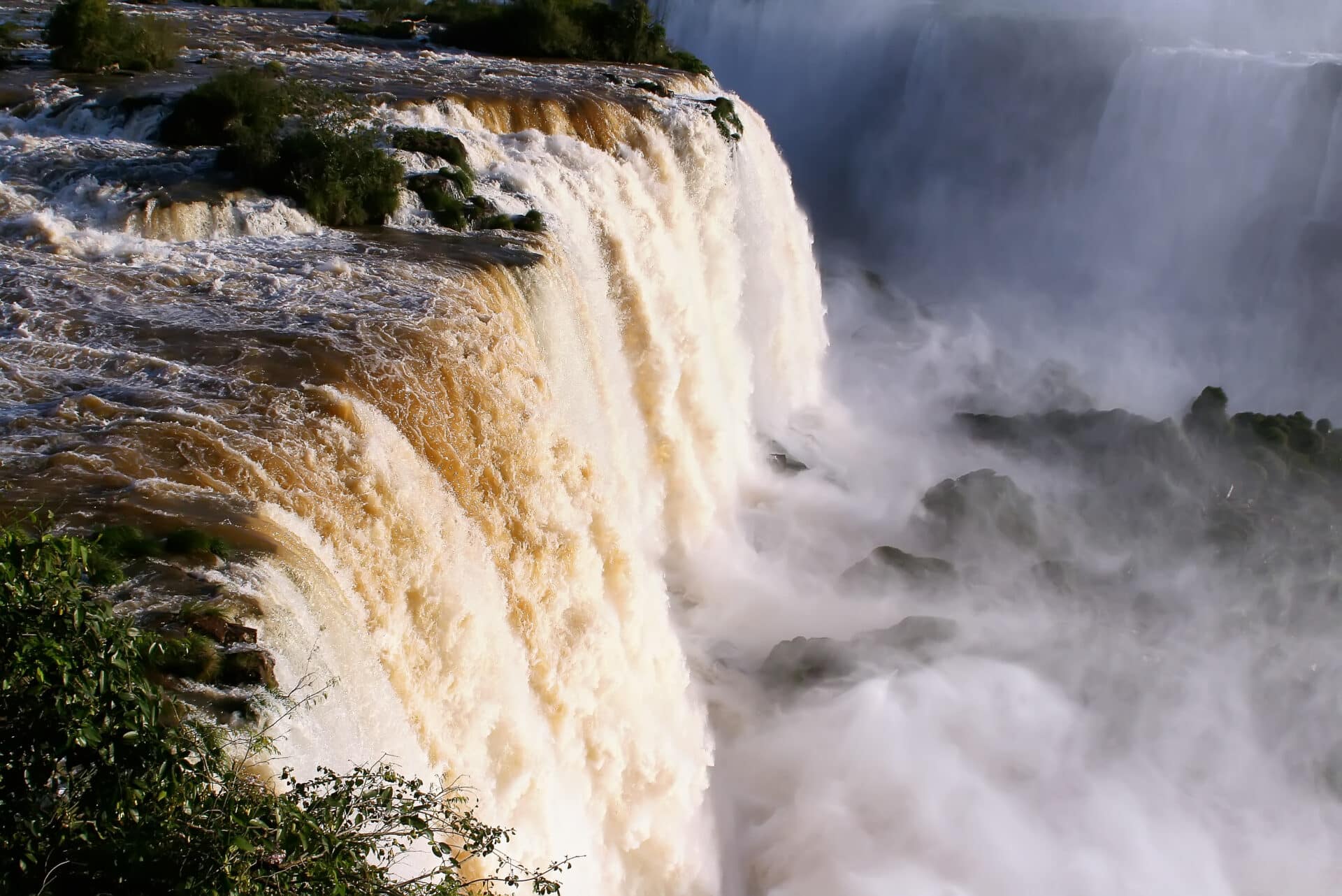A water distiller is a device used to purify water by removing impurities and contaminants through the process of distillation. This process involves boiling water and collecting the vapor, which is then condensed back into liquid form. Distillation is an effective way to remove most types of contaminants, including bacteria, viruses, minerals, heavy metals, pesticides, and other organic compounds from water. The result is clean, safe drinking water that has been purified to meet drinking water standards.A water distiller is a device that purifies water by using heat to evaporate the water and then condense the vapor back into liquid form. The process removes impurities, minerals, and other contaminants from the water. The resulting distilled water is considered to be of higher purity than regular tap or filtered water.
How Does a Water Distiller Work?
A water distiller is a device that removes impurities from water by heating the liquid to its boiling point, allowing it to vaporize, and then condensing it back into a liquid form. This process is known as distillation and it is commonly used to purify water for drinking and other uses. The typical water distiller consists of two main components: a heating element and a condenser. The heating element is used to heat the water until it reaches its boiling point and vaporizes, while the condenser collects the vaporized water and cools it back down into liquid form.
The distillation process works by taking advantage of the different boiling points of various impurities present in the water. When heated, certain contaminants will boil at lower temperatures than others. The heat source in a water distiller causes all of the contaminants to evaporate, including bacteria, viruses, heavy metals, chlorine compounds, pesticides, and other pollutants. The contaminated water vapor then passes through a filter before entering the condenser where it undergoes cooling by air or another medium before being collected in a container or reservoir for use.
The distilled water produced by a water distiller is free of bacteria, viruses, metals and other impurities that can cause health problems if ingested or used on skin or hair. It is also more palatable than tap or filtered water because most of these impurities are also responsible for bad tastes and unpleasant odors. Water distilled in this way can be used for drinking purposes as well as for cooking and cleaning purposes without fear of adverse health effects due to contamination.
Water distillers are relatively easy to operate with minimal maintenance required and are an effective way to ensure that your drinking water is safe and free from harmful contaminants.
What Are the Benefits of Using a Water Distiller?
Using a water distiller is one of the best ways to ensure that you have access to clean and safe drinking water. Not only does it remove impurities from water, but it also eliminates bacteria and other microorganisms that can lead to illness. Water distillation is an effective way to purify drinking water, as it uses heat to evaporate contaminants, leaving behind pure, clean H2O. Here are some of the benefits of using a water distiller:
1. Removes Contaminants – A water distiller removes sediment, heavy metals, minerals, and other contaminants from drinking water. This helps protect against long-term health complications caused by consuming contaminated water.
2. Kills Bacteria – Water distillation kills most bacteria and viruses in the water, making it safer for drinking and other uses. This helps reduce the risk of food-borne illnesses associated with consuming contaminated water.
3. Improves Taste – Distilled water tastes better than tap or bottled water because it is free of contaminants and minerals that can affect the taste. It also has a neutral pH level which makes it more pleasant to drink than untreated tap or bottled water.
4. Cost Effective – Water distillers are relatively inexpensive compared to other methods of purifying drinking water such as reverse osmosis systems or whole house filtration systems. They also require very little maintenance and can last for many years with proper care and use.
5. Environmentally Friendly – Water distillers use little energy and do not produce any hazardous waste which makes them an environmentally friendly option for purifying drinking water. Additionally, they do not require any chemicals or additives which means they are not contributing to any pollution in our environment.
What Types of Water Are Suitable for Distillation?
Distillation is a process of separating different elements from a liquid by heating it until it evaporates and then capturing the vapor. The vapor is then condensed back into liquid form, resulting in a purer form of the original liquid. Different types of water can be distilled, including tap water, reverse osmosis water, brackish water, and sea water. Tap water can be used for distillation but should be filtered first to remove any large particles or contaminants that could clog the distillation equipment. Reverse osmosis water is suitable for distillation as it has already gone through a filtration process. It is important to note that reverse osmosis systems may not remove all chemicals and contaminants from the water source, so additional filtration steps may be necessary before using the water for distillation. Brackish water can also be used for distillation if it has been filtered to remove any large particles or contaminants that could clog the equipment. Sea water is also suitable for distillation as long as it has been filtered to remove any large particles or contaminants that could clog the equipment. It is important to note that sea salt and other minerals may remain in the distilled product even after filtration.
In conclusion, different types of water are suitable for distillation depending on their source and quality. Tap water should always be filtered first before use in order to remove any large particles or contaminants that could clog the equipment. Reverse osmosis and brackish waters are usually suitable with little additional preparation while sea waters require further filtration in order to ensure no large particles or contaminants remain before use in a distiller.
What Kinds of Contaminants Can Be Removed by Distillation?
Distillation is a process of separating liquid mixtures into their individual components based on the differences in their boiling points. This process is often used for purifying liquids and removing contaminants from them. Many different types of contaminants can be removed from liquids through distillation, including organic compounds, heavy metals, salts, minerals, and even bacteria and other microorganisms. Organic compounds such as benzene, toluene, and other hydrocarbons can be effectively removed from water through distillation. Heavy metals such as lead, mercury, and copper can also be removed from water sources by this process. Salts, minerals, and other particulates can be filtered out of the liquid mixture during distillation as well.
Distillation can also be used to remove harmful bacteria and other microorganisms from water sources. This is commonly used in the production of drinking water to ensure that it is safe for consumption. Ultraviolet radiation is often utilized in addition to distillation to further reduce the number of bacteria present in the water source before it reaches consumers. Additionally, distillation can also be used to remove volatile organic compounds (VOCs) from air sources such as industrial plants or residential homes. By utilizing this process, VOCs such as benzene or formaldehyde can be filtered out before they become a health hazard in the environment.
In summary, distillation is an effective way to remove many different types of contaminants from liquids and air sources including organic compounds, heavy metals, salts and minerals, bacteria and microorganisms, and VOCs. It is widely used for purifying drinking water as well as reducing air pollution in industrial plants or residential homes.

How Long Does It Take to Distill Water?
Distilling water is a process of purifying water by removing impurities and contaminants. The process involves boiling the water, capturing the steam and condensing it back into liquid form. This removes any solids, bacteria, and other contaminants from the water. The amount of time it takes to distill water will depend on the method used, the size of the distiller, and how much water needs to be distilled.
Small countertop distillers can typically produce one gallon of distilled water in about 4-5 hours or less. Larger countertop models can take 6-8 hours per gallon. On average, it takes between 30 minutes to two hours for a gallon of distilled water with an automatic countertop distiller.
In comparison, larger commercial distillers can produce anywhere from 10-100 gallons in a single run in as little as 30 minutes up to several hours depending on how many gallons are being distilled. It is important to note that larger machines require more energy than smaller ones, which means that running costs are higher but production rates are faster.
When using a still outdoors for survival purposes, it can take up to 12 hours for one gallon of pure water depending on weather conditions and other factors such as humidity levels and wind speed. Additionally, some stills require pre-treatment of the source water before putting it into the still which can add additional time onto the overall process.
Overall, the time needed to distill water will depend on the method used and size of the machine utilized but generally ranges from 30 minutes up to several hours per gallon.
What Is the Cost of Owning a Water Distiller?
Owning a water distiller can be an effective way to ensure that you are drinking clean, healthy water. It is important to understand the costs associated with owning a water distiller, as this will help you determine if the investment is worth it for you. The cost of owning a water distiller can include both upfront and ongoing expenses.
The initial cost of purchasing a water distiller will vary depending on the type and size of the distiller that you choose. You may be able to find smaller countertop models for under $200, while larger units designed for larger households can cost upwards of $1,000 or more. In addition to the purchase price, there may also be additional installation costs if you choose to have the unit professionally installed.
In addition to the upfront cost of purchasing a water distiller, there are also ongoing costs associated with owning one. Depending on how frequently you use your unit and how much distilled water it produces at one time, it is likely that you will need to replace parts such as filters or charcoal on a regular basis. These replacement parts can range in price from under $20 up to several hundred dollars depending on what type of replacement part you need and where you purchase it from.
Finally, it is important to factor in the cost of energy when considering whether or not owning a water distiller is worth it for you. Depending on how much distilled water your unit produces at one time and how frequently you use it, energy costs can add up quickly over time. Make sure to research energy costs associated with different models before making your purchase so that you know what kind of impact running your distiller will have on your monthly energy bill.
In summary, there are several different costs associated with owning a water distiller including upfront costs for purchasing and installing the unit as well as ongoing expenses for replacement parts and energy usage over time. Taking all these factors into consideration can help you determine if investing in a water distiller is worth it for your needs.
Are There Any Maintenance Requirements for Water Distillers?
Water distillers require regular maintenance to ensure optimal performance. Depending on the model, the frequency of maintenance may vary, but generally it is recommended to clean the unit every one to three months. This can be done by following the manufacturer’s instructions and using a mild detergent and water. It is important to make sure that all parts are thoroughly cleaned, including the collection container, condenser coil, and boiling chamber. Additionally, you should check for any clogs in the air intake vent or in any of the water lines that lead to and from the distiller. If any clogs are found, they should be removed immediately to prevent damage to the unit. Regularly replacing filters is also recommended as this will help keep your water tasting fresh and free of impurities. Lastly, it is important to monitor your distiller’s performance and alert a technician if you notice any unexpected changes in its operation.

Conclusion
A water distiller is an effective and straightforward way to ensure that you are drinking clean, safe water. It works by vaporizing water and collecting the resulting steam, leaving any contaminants or impurities behind. This means that the water produced is free from a wide range of potentially harmful microorganisms, contaminants, and other pollutants. The process can be used for both commercial and household purposes, making it an affordable and reliable solution for many different water purification needs.
Overall, a water distiller is an effective and relatively low-cost way to make sure your drinking water is clean and safe from harmful contaminants. By investing in one of these systems, you can be sure that you are taking proactive steps towards protecting your family’s health.

